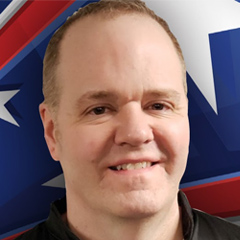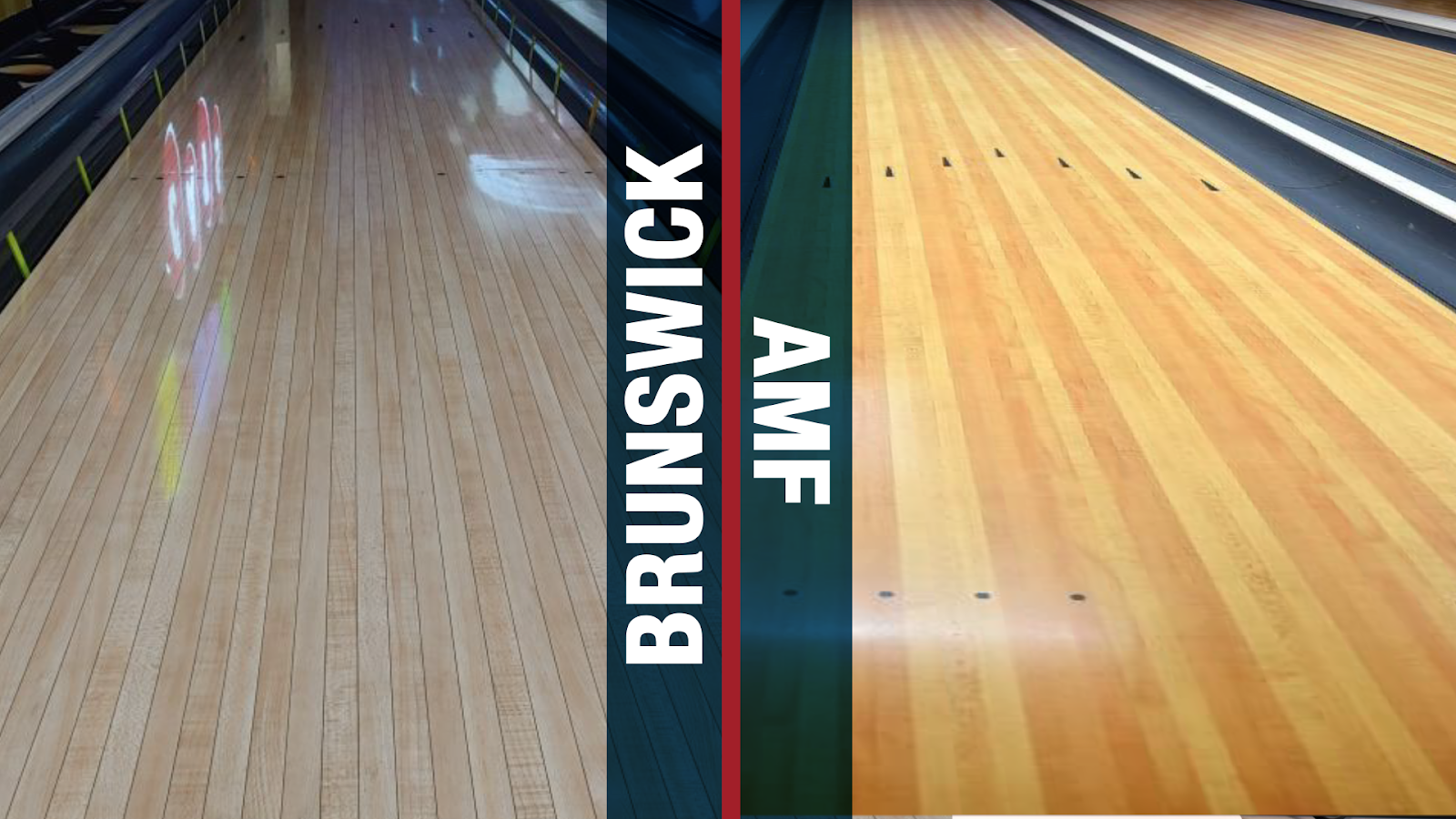
Lane Surface: Wood, Synthetic and Ball Choice
Scott PohlThe type of lane surface you bowl matters. You can put the same oil pattern on a wood lane surface and a synthetic lane surface and they will play differently. Scott Pohl, owner of On Track Pro Shop, explains what you can expect when bowling on different lane surfaces.
Wood
Wooden bowling lanes surface is actually softer than the bowling balls surface you are throwing. What does this mean for you, the bowler?
Over time you will see damage on the lane and it requires resurfacing. Because wood is a softer surface, it absorbs oil faster than synthetic lanes. Bowling balls will hook sooner and their down lane reaction generally is less drastic comparatively to synthetic lanes.
The older the wooden lanes are, the more they absorb oil and the pattern will transition quicker compared to new or freshly resurfaced wooden lanes. This means that your moves will be quicker as the oil pattern breaks down when bowling on older wooden vs. newer wooden lanes.
Synthetic
The majority of bowling centers you bowl in have synthetic lanes. Unlike wooden lanes, the synthetic surface is harder than the bowling ball surface and will not present visible wear and tear to the lane.
Compared with wooden lanes, on synthetic lanes bowling balls will skid farther down lane and have a more drastic back end reaction. The X factor when bowling on a synthetic lane surface is to know which manufacturers lane you are bowling on AMF or Brunswick.
Brunswick synthetic lanes are lighter and less saturated in color compared to the AMF synthetic lanes which are darker or richer in color. You need to know which one you are bowling on because if the same oil pattern is on each of these synthetic surfaces they will play differently.
Brunswick synthetic lanes tend to have less friction than the AMF synthetic lanes. This results in the bowling ball hooking later on the Brunswick synthetic lane surface than the AMF lane surface and the timing of the lanes transition and how they transition will also be different.
So, not only does the same oil pattern play differently from wooden lanes (age dependent) to synthetic lanes, but in addition the same oil pattern plays differently within the two main manufacturers of synthetic lanes.
Check out “Identifying Strong and Weak Bowling Balls” and “When Should I Use Surface on My Bowling Ball” to help get you matched up to the lane surface you are bowling on.
